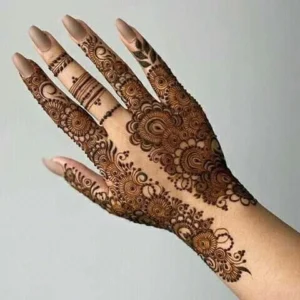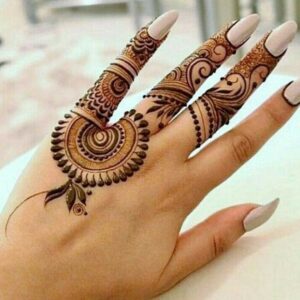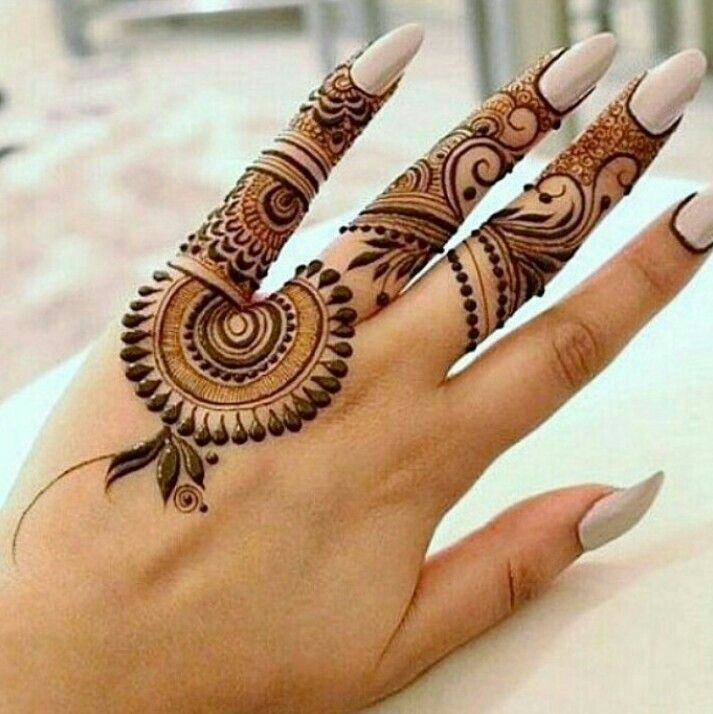Mehndi, also known as henna art, is a traditional form of body art that has been practiced for thousands of years across various cultures around the world. The use of henna as a natural dye to create intricate designs on the skin has a rich history and has evolved over time into the diverse art form that it is today. The exact origins of Mehndi are unclear, but it is believed to have originated in ancient Egypt and then spread to various parts of the world, including India, the Middle East, and North Africa. The earliest evidence of the use of Mehndi can be traced back to the Bronze Age, when mummified remains of Egyptian pharaohs were found to have Mehndi designs on their hands and feet.
The Origins of Mehndi
Mehndi in India In India, Mehndi has been used for thousands of years as a form of body art and is an important part of traditional weddings and other celebrations. Mehndi is believed to have cooling properties, and was often used to soothe skin irritations and sunburns. It was also used to create intricate designs on the skin for celebrations and special occasions.
Which religion invented mehndi?
Mehndi in the Middle East In the Middle East, Mehndi was also used for decorative purposes and was applied to the hands and feet of women during weddings and other celebrations. IT was particularly popular in ancient Persia, where it was used to create intricate designs on the hands and feet of women in the royal court.
Mehndi in North Africa In North Africa, Mehndi was used to create bold and geometric designs that often incorporated traditional Berber motifs. Mehndi was particularly popular in Morocco, where it was used during weddings and other celebrations. You can also visit Stylish Glitter Mehndi Designs for Hands

The Significance of Mehndi Mehndi is not just a form of body art, but it also has cultural and spiritual significance in various communities around the world. In India and Pakistan, for example, Mehndi is an important part of traditional wedding ceremonies and is applied to the hands and feet of the bride and groom. In some African cultures, Mehndi is used to symbolize fertility and is applied to the bellies of pregnant women. If you like to read lifestyle blogs then you can visit finddailylife

Conclusion Whether it is Indian, Arabic, African, or any other style of Mehndi, each style has its own unique beauty and charm. Mehndi is more than just a form of body art, it holds cultural and spiritual significance in many cultures around the world and continues to be an important tradition that is passed down from generation to generation.





